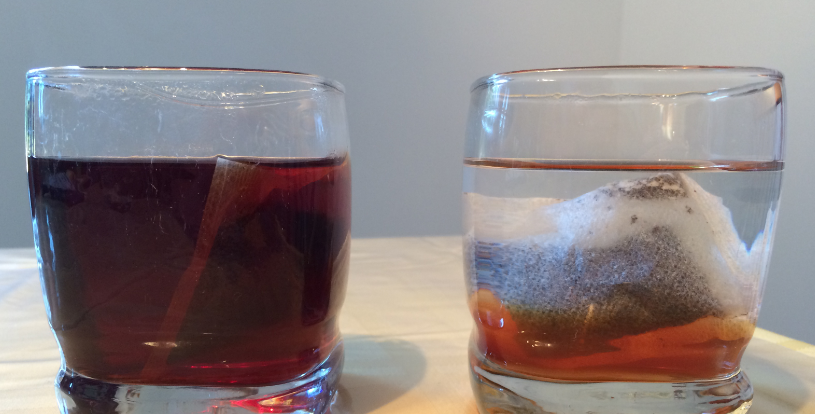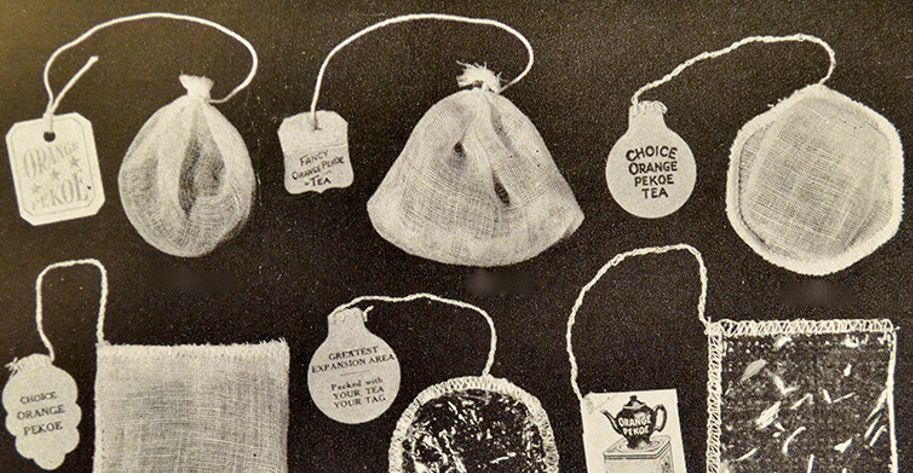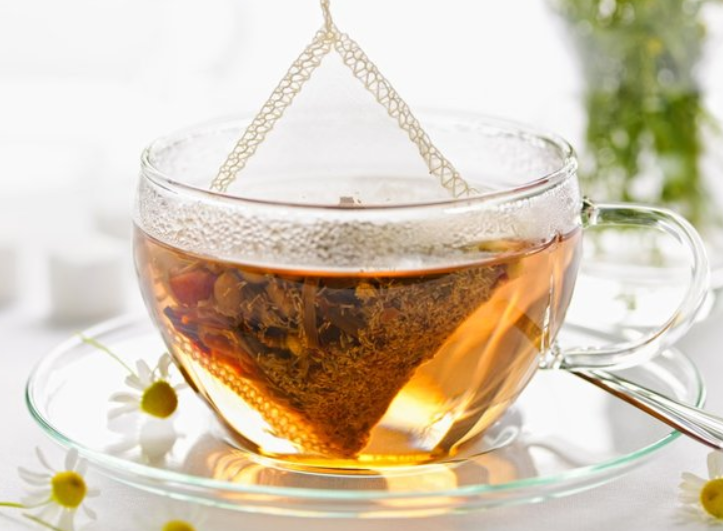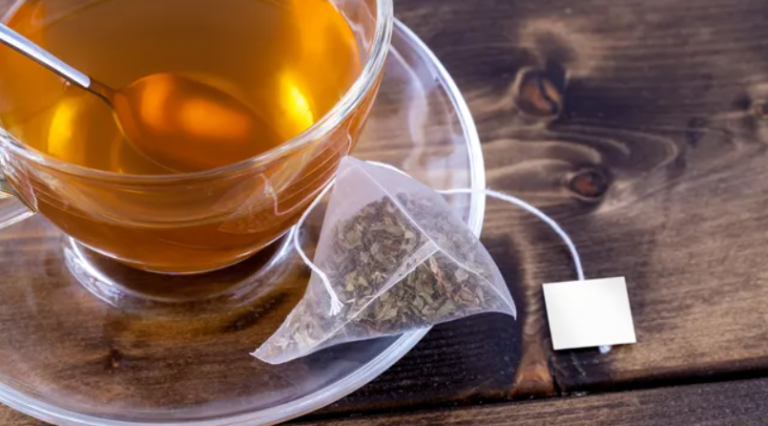Hey there, fellow tea enthusiasts! I’m sure you’ve found yourself wondering whether you should squeeze that tea bag or let it be.
Well, you’re not alone – it’s a burning question that has sparked debates among tea lovers worldwide.
In this article, I’ll dive deep into the intricacies of this age-old practice, exploring the pros and cons, and providing expert insights to help you make an informed decision.
So, let’s get straight to the point – should you squeeze tea bags or not?
Should You Squeeze Tea Bags?
While there’s no definitive right or wrong answer, most tea experts generally recommend avoiding squeezing your tea bag. Why?
Well, squeezing can release an excessive amount of tannins into your cup, leading to a bitter and astringent taste that overpowers the delicate flavors of your tea.

However, if you prefer a bolder, more intense brew, go ahead and give that tea bag a gentle squeeze.
Understanding Tannins
Before we dive deeper, let’s quickly discuss tannins. These polyphenolic compounds are naturally present in tea leaves and contribute to the astringency and bitterness of your brew.
When you steep your tea, a controlled amount of tannins is released, providing structure and complexity to the flavor profile.
However, squeezing the tea bag forces more tannins out of the leaves and into your cup, resulting in a stronger, more bitter taste. While some tea drinkers enjoy this intense flavor, others find it overwhelming and prefer a more balanced cup.

Pros of Squeezing Tea Bags
Despite the potential drawbacks, there are a few situations where squeezing your tea bag might be beneficial:
- Extracting Maximum: Flavor If you’re a fan of robust, full-bodied teas, squeezing the bag can help extract every last drop of flavor from the leaves. This can be especially useful for herbal teas or blends with larger ingredients, such as dried fruits or flowers.
- Personal Preference: At the end of the day, tea is a personal journey, and if you genuinely enjoy the bold, tannic taste that comes from squeezing your tea bag, then by all means, go for it! Tea is meant to be savored and enjoyed your way.
- Efficient Extraction: For those who like to get the most out of their tea leaves, squeezing the bag can be an efficient way to extract as much flavor as possible before discarding the leaves.

Cons of Squeezing Tea Bags
While there are a few potential benefits, squeezing your tea bag also comes with some drawbacks:
- Bitterness and Astringency: As mentioned earlier, squeezing releases excessive tannins, resulting in a bitter and astringent taste that can overpower the delicate flavors of your tea. This can be particularly unpleasant for those who prefer a smoother, more nuanced cup.
- Cloudy Appearance: When you squeeze a tea bag, you’re also releasing small particles and sediment into your cup, creating a cloudy appearance that some find unappealing.
- Potential Mess: Let’s be honest – squeezing a tea bag can be a messy business. If you’re not careful, you risk tearing the bag (which is typically made of paper or fabric) or spilling tea leaves all over your cup or teapot.
- Cultural Considerations: In some cultures, squeezing a tea bag is considered impolite or poor etiquette. If you’re drinking tea in a formal setting or with cultural significance, it’s best to avoid squeezing to show respect for traditions.
- Health Considerations: While some studies suggest that black tea tannins might have health benefits, over-steeping and squeezing can increase tannin levels, potentially interfering with iron absorption. It’s essential to strike a balance and avoid excessive tannin intake.

The Art of Brewing the Perfect Cup
Now that we’ve explored the pros and cons of squeezing tea bags, let’s discuss some tips for brewing the perfect cup of tea without the need for excessive squeezing:
- Quality Matters: Start with high-quality, loose-leaf tea whenever possible. Not only do loose leaves offer a more nuanced flavor, but they also allow for better control over steeping time and water temperature.
- Water Temperature and Steeping: Time Pay close attention to the recommended water temperature and steeping time for your specific tea. For example, black tea typically requires near-boiling water (around 212°F or 100°C), while green tea benefits from slightly cooler water (around 175-185°F or 80-85°C). Different types of tea require different temperatures and steeping durations to extract the optimal flavor.
- Proper Steeping Techniques: Cover your teapot or cup while steeping to retain the delicate aromas. Gently agitate the leaves periodically to ensure even extraction. And remember, patience is key – let the tea steep for the recommended time to fully develop its flavors.
- Flavorful Additions: Experiment with adding fresh herbs, spices, citrus zest, or a touch of honey or agave to enhance the flavors of your tea. These additions can create a delightful and complex cup without the need for squeezing.
- Cold Brewing: For a refreshing twist, try cold brewing your tea. Simply steep the leaves in cold water overnight, and you’ll be rewarded with a naturally sweet and mellow flavor without any bitterness.
- Mindful Sipping: Finally, take the time to savor each sip of your tea. Notice the aroma, the flavors dancing on your palate, and how they evolve as the tea cools. This mindful approach will deepen your appreciation for the nuances of your brew.
Are Tea Bags Supposed to Float?
The Verdict: To Squeeze or Not to Squeeze?
At the end of the day, whether you choose to squeeze your tea bag or not is a personal decision. If you prefer a bold, tannic flavor and don’t mind a potential mess, go ahead and give that bag a gentle squeeze.
However, if you’re seeking a more balanced, nuanced cup, it’s best to let the tea steep naturally and avoid squeezing.
Remember, tea is an art form, and there’s no one-size-fits-all approach. Experiment, explore, and find what works best for your taste buds. And above all, savor every sip and enjoy the journey of discovering your perfect cup of tea.
